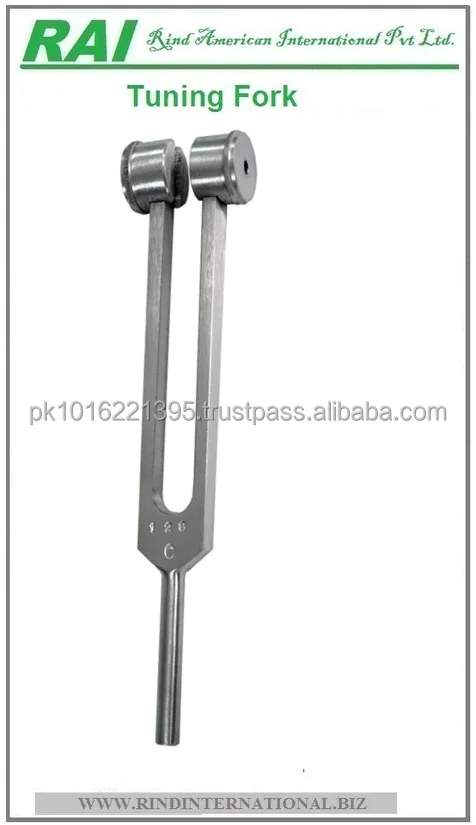

Bone conduction (BC) > air conduction (AC), a negative Rinne test.In conductive hearing loss, bone conduction (BC) is better than air conduction (AC) Air conduction should be better than bone conduction, and air conduction should persist twice as long as bone, this is a “positive test.”.Air conduction (AC) > bone conduction (BC), and this is called a positive Rinne test.In a normal ear, air conduction (AC) is better than bone conduction (BC) This means that the individual will be able to hear the tuning fork when it is placed near the outer ear, even after that are no longer able to hear it when held against the mastoid. There is reduced volume transmitted by to the bones of the skull to the other ear.īefore performing the Rinne test, it is important to know that in normal hearing, air conduction (AC) that is greater than bone conduction (BC). Bone conduction (BC) allows the vibration sound to be transmitted to the inner ear.Air conduction (AC) uses the apparatus of the ear (eardrum, pinna, and ossicles) to amplify and direct the sound.Air conduction uses the apparatus of the ear (pinna, eardrum and ossicles ) to amplify and direct the sound whereas bone conduction bypasses some or all of these and allows the sound to be transmitted directly to the inner ear albeit at a reduced volume, or via the bones of the skull to the opposite ear. The Rinne test is performed by placing a vibrating tuning fork (512 Hz) initially on the mastoid, then next to the ear and asking which sound is loudest. Hearing loss may occur due to interruption at any point along these pathways. However, sound can also be transmitted via bone conduction where vibrations are transmitted via the skull and delivered directly to the cochlea which is buried within the temporal bone.

The cochlea plays an important role in transducing these vibrations into nerve impulses via the auditory nerve (vestibulocochlear nerve) which is then delivered along the central pathways to the auditory cortex where it is processed and perceived as sound. The sound vibrations are then transmitted through the middle ear via the ossicular chain before it reaches the cochlea. The purpose of the outer ear is to direct sounds onto the tympanic membrane. The inner ear: Cochlea (organ of hearing), vestibular labyrinth (organ of balance).The middle ear: Tympanic membrane, ossicular chain (malleus, incus, stapes) and middle ear space.The outer ear: Pinna and external ear canal.The ear anatomically consists of the sound-conducting system (outer and middle ear) and sound-transducing system (the cochlea). The patient should indicate when air conduction of the sound can no longer be heard.Then move the vibrating tuning fork over the ear canal to the ear without touching it.The patient should report when the sound can no longer be heard.The patient should be asked to cover the opposite ear with their hand.Place the vibrating tuning fork (512 Hz) on the mastoid process.All physicians who perform the Rinne test must pay attention to the orientation of the tines of the tuning fork with respect to the long axis of the external auditory canal when testing for air conduction. The orientation of the tuning fork and its exact placement vary from individual to individual. The other important fact about the Rinne test is that the technique is not uniform. In any situation where there is a question about the Rinne test, the patient must be referred to an ear, nose, and throat (ENT) surgeon for formal audiometry. False negatives are common in such situations. The Rinne test is not sensitive in differentiating conductive and sensorineural loss causes of total sensorineural or severe unilateral hearing loss. In addition, the validity of the Rinne test as a screening test is often questioned. It is important to note that the Weber and Rinne tests are screening tests and do not replace formal audiometry.

A Rinne test should be done with a Weber test to detect a sensorineural hearing loss and thus confirm the nature of hearing loss 2. The Rinne test differentiates sounds transmitted by air conduction from those transmitted through the mastoid by bone conduction. Thus, one can quickly suspect conductive hearing loss. Rinne test compares perception of sounds, as transmitted by air or by sound conduction through the mastoid. Rinne test is a hearing test used to evaluate the conductive hearing loss in one ear 1. Symmetrical conductive hearing loss Rinne test


 0 kommentar(er)
0 kommentar(er)
